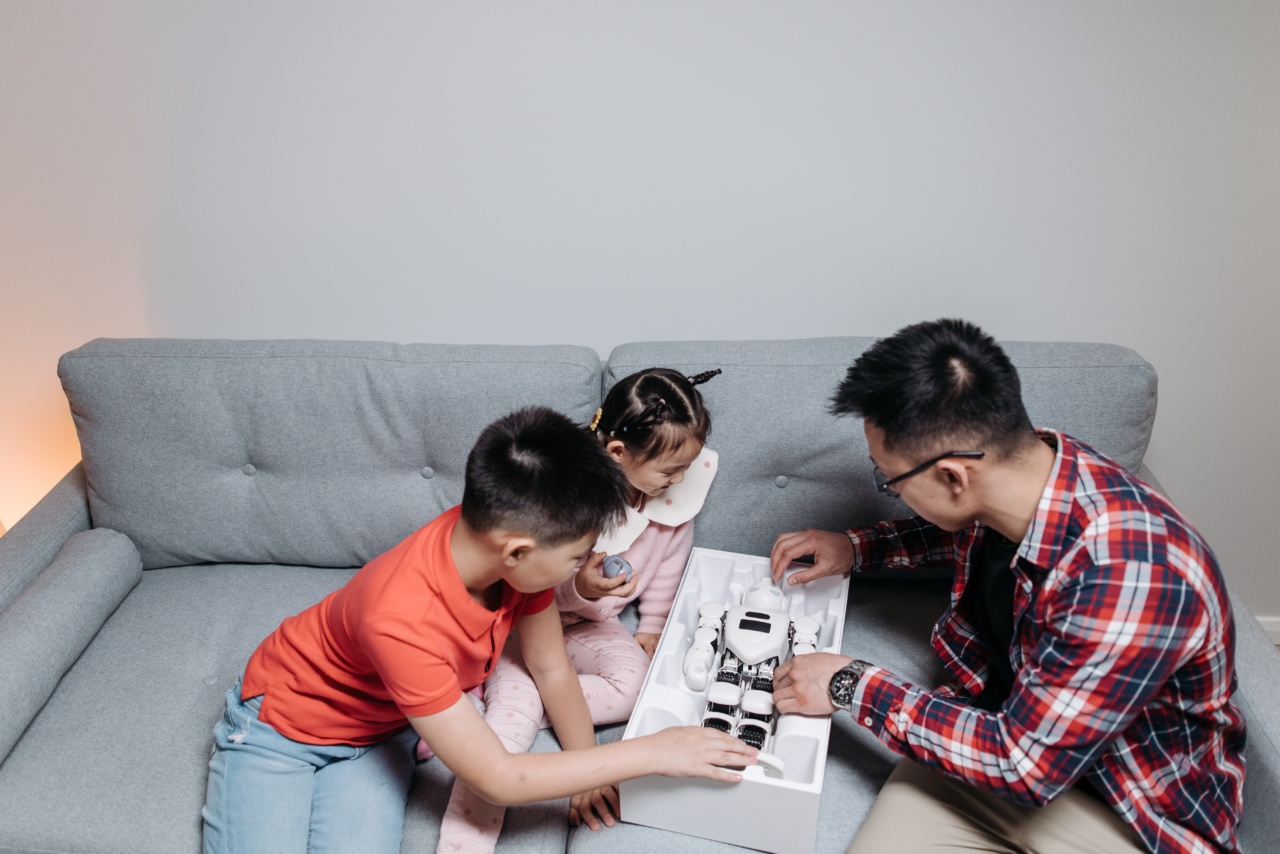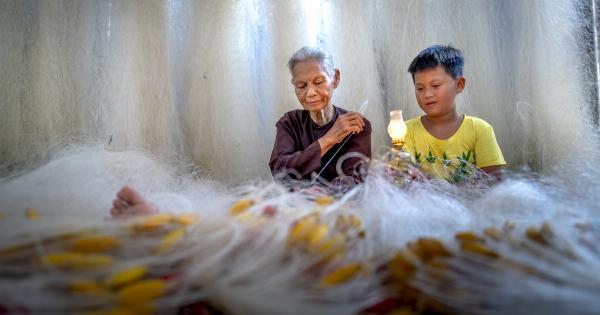Fractures in children are common injuries that can occur while engaging in physical activities. These fractures can be minor or severe, and require different forms of treatment.
Unfortunately, many parents and caregivers make common mistakes when trying to fix fractures in children, which can lead to further health complications.
Blunder #1: Delaying Medical Treatment
One of the biggest mistakes parents and caregivers make when their child experiences a fracture is delaying medical treatment. Delaying treatment can result in further complications such as bone deformity, infection or even permanent damage.
It is important to seek medical attention immediately to assess how severe the fracture is and how it can be treated.
Blunder #2: Moving the Fractured Body Part
Another common mistake when fixing fractures in children is moving the fractured body part. This can lead to further damage and increase pain and swelling.
Before attempting to move the fractured body part, it is important to seek medical attention to determine the best and safest way to move the child.
Blunder #3: Using Home Remedies for Treatment
Some parents and caregivers may try to treat fractures using home remedies such as homemade splints, ice packs or heat pads. While these remedies may provide some relief, they are not a replacement for proper medical treatment.
It is important to seek medical attention to determine the best course of treatment.
Blunder #4: Failing to Follow the Doctor’s Orders
After receiving medical attention, it is important to follow the doctor’s orders to ensure proper healing. Failing to follow the doctor’s orders can result in a longer healing process, recurring injuries or more severe complications.
Parents and caregivers should understand the importance of following the doctor’s orders and adhere to them strictly.
Blunder #5: Ignoring Pain and Swelling
Ignoring pain and swelling is another common mistake that parents and caregivers make when fixing fractures in children. Pain and swelling are natural responses to a fracture and should not be ignored.
It is important to seek medical attention if the child experiences prolonged or severe pain and swelling.
Blunder #6: Overloading the Fractured Body Part
Overloading the fractured body part can lead to further damage or reinjury. It is important to understand the activity level restrictions given by the doctor and adhere to them strictly.
Parents and caregivers should also monitor the child’s activity level and ensure they do not exceed the recommended limits.
Blunder #7: Not Seeking Physical Therapy
Physical therapy is an essential aspect of healing after a fracture. It helps to regain lost mobility and strength and prevent future injuries. Not seeking physical therapy can slow down the healing process and increase the risk of reinjury.
Parents and caregivers should ensure that the child receives physical therapy as recommended by the doctor.
Blunder #8: Removing Casts or Splints
Removing casts or splints without medical supervision can be dangerous. It can result in further damage or reinjury. It is important to seek medical attention to remove the cast or splint safely.
Blunder #9: Compromising on Follow-Up Appointments
Follow-up appointments are crucial to monitor the healing progress and ensure that the fracture is healing correctly. Skipping follow-up appointments can lead to complications such as infection, bone deformity or reinjury.
Parents and caregivers should ensure that the child attends all follow-up appointments and adhere to the doctor’s orders.
Blunder #10: Being Unprepared for Emergencies
Accidents can happen at any time, and it is important to be prepared. Parents and caregivers should have a first-aid kit and emergency contact numbers ready in case of an emergency.
Being prepared can help prevent further injuries, reduce pain and increase the chances of proper healing.































